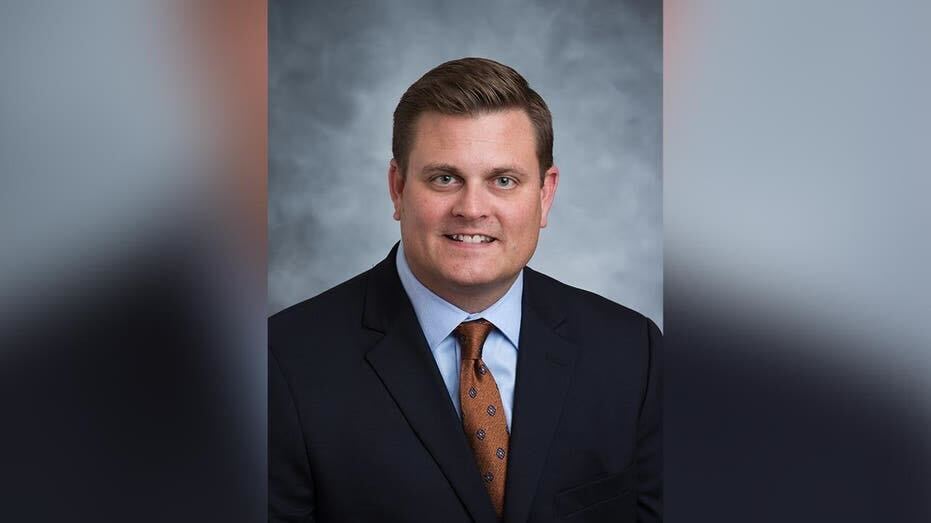In an unprecedented step toward financial relief and health equity, the city of St. Paul, Minnesota, has announced the erasure of nearly $40 million in medical debt for 32,000 residents. Through a partnership between city and state leaders and medical debt relief organizations, this initiative aims to lift a massive burden off the shoulders of St. Paul residents, allowing them to “breathe easy” and focus on their well-being without the looming stress of unpaid medical bills.
The Mechanics Behind the Debt Relief
The relief program is part of a larger plan to ultimately wipe out $110 million in medical debt across the region. In this groundbreaking model, St. Paul collaborates with organizations like RIP Medical Debt, a nonprofit specializing in medical debt relief. Rather than paying off the full amount of debt directly, St. Paul’s government contributed a fraction of the debt’s total cost. This approach is possible because medical debt is often sold to third-party companies for a small percentage of its original value. These companies then attempt to collect from individuals, but organizations like RIP Medical Debt acquire this debt at a discount, not to collect, but to forgive.
In practical terms, this means that St. Paul can erase millions in medical debt with a much smaller investment. Residents will soon receive surprise notices in the mail informing them that their debt has been cleared. For many families, this means an end to harassing collection calls, relief from damaging credit impacts, and newfound freedom from a seemingly insurmountable financial obstacle.
Why Medical Debt Relief Matters
Medical debt has become a pervasive issue in the United States, impacting millions of individuals and families. Studies indicate that over half of all Americans are burdened by medical debt at some point in their lives, with this debt leading many to make difficult decisions, such as avoiding further medical care, rationing medications, or neglecting preventive health services. For low-income families, this financial strain can also mean sacrificing basic needs, from housing and utilities to food and transportation, to keep up with medical payments.
In St. Paul, the situation mirrors these national trends. Many residents struggle under the weight of unpaid medical bills, which not only impacts their financial well-being but also exacerbates mental and physical health challenges. By erasing $40 million in medical debt, St. Paul aims to alleviate the pressure on residents, freeing them to focus on health, stability, and a better quality of life.
The Human Impact of Debt Relief
For many recipients, the announcement of debt forgiveness is life-changing. A resident quoted in the initial press release shared, “I can breathe easy now.” This sentiment captures the sense of relief and empowerment that comes with debt forgiveness. Medical debt is often seen as unavoidable or inescapable, with the costs of treatments, emergency care, and hospital stays piling up unexpectedly. For families living paycheck to paycheck, paying down debt can seem impossible, creating a cycle of stress and financial strain that’s difficult to break.
With this relief initiative, residents are not only released from financial obligations but are also given a fresh start. They can now direct their resources toward improving their lives, whether that means catching up on rent, investing in education, or accessing preventive health care without fear of further debt accumulation. The reduction in medical debt also has a positive effect on mental health, as individuals and families feel less overwhelmed by constant financial anxiety.
Looking Ahead: A Model for Other Cities?
St. Paul’s effort to erase $40 million in medical debt could set an example for other cities facing similar challenges. By leveraging partnerships with debt relief organizations, municipalities can address systemic financial issues with innovative solutions, helping residents improve their financial health at a fraction of the debt’s original cost. If successful, this approach could encourage a broader movement across the country, potentially reshaping how communities address the burden of medical debt on vulnerable populations.
The ultimate goal for St. Paul is to clear $110 million in medical debt for residents, bringing about a lasting impact on the community’s well-being and stability. This debt forgiveness initiative is more than just financial relief; it’s a step toward health equity and an investment in the lives of St. Paul’s citizens. For many families, this debt relief marks the beginning of a brighter, more secure future.




